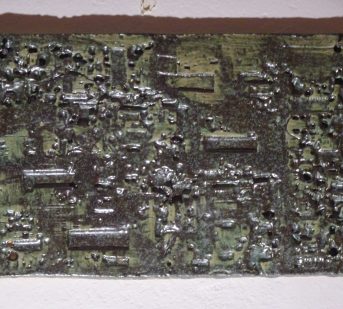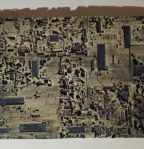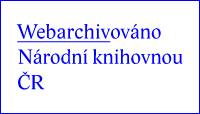




Vernisáž Wunderbild : Tereza Erbenová a Anna Hokešová
Do 6.4.2018 bude v soukromé bytové galerii Solution, Vinohradská 122, Praha 3 (kousek od Flory), přístupná pro vážné zájemce a sběratele na předchozí objednání výstava Wunderbild : Tereza Erbenová a Anna Hokešová.
Tereza Erbenová : „Wunderbild“
“As a child, I would play a game with myself where before I got up, I had to first erase all boring architecture around me . I invented an invisible paintgun to blast over all ugliness in design like the shape of the windowsill or the lamp or whatever was there. It became like an obsession. For me, looking at the world has always been connected to doing something in it, on it, or with it at the same time. Pottery facilitates the synchronicity of acting and thinking in the most amazing way because there’s no transmitter between the tools and me. A ceramic sculpture is simply a screen between the producer and the spectator where we can both look at the thought processes residing on the screen from different angles and points in time. It enables me to look at the residue of my thinking”.
Tereza Erbenová, Prague artist Tereza Erbenová (born 1988) moulds minature tableaux of desire that can be perceived as a sublime act of lovers‘ embrace towards the space, an architecture and the viewer.
For the solution, Erbenová elaborates a small-scale, site specific sculptural installation which radically redefines ceramics as a performative and architectural medium and responds to the Gallery’s living room space of the early 20s cubist style. Her “Wunderbild” is an architectural painting, a spatial image which the viewer inhabits with his/her body and mind. The color gains a volume; the flat surface turns sculptural; the pictorial field crosses the limits of the visual. Miniature in scale, immersive installation reminds of both a medieval mural and a womb-like cave of a pre-ancient drawing, a post-theatrical chamber of a hyper-technisized, intoxicating environment. The ceramic plates take over the site; Erbenová’s gesture is an act of becoming a space. “I’m a sculptor- the artist confesses – I’m interested in the space generated by the ceramic image and how it can appear in any kind of existing field, be it architecture or the mundane situations of everyday life. For me, ceramics isn’t restricted to a vase or a plate”. According to Erbenová, the painting is an unconstrained act of freedom. Her “Wunderbild” in the solution Gallery in Prague is an outburst of pictorial generosity. Registering a gestural moment of image’s appearance, it perceives pottery as a processual practice of an extreme resilience and flux, a life itself, a mental and physical preoccupation.
Additionally, Erbenová is conceiving an intervention on the threshold between the architecture and the natural environment, in the kitchen of the Gallery. In both cases, the artist creates an autonomous space, defined by color and form, a post-romantic landscape of a subjectivity and nature in ruins.
As such,the tiny installations of Tereza Erbenová can even be situated in-between the American Land Art movement and the late 19th century German romanticism. Occupying liminal territories of an interior (living room) and an exterior (kitchen), and often integrating rubbish (cigarette buts, components of computers, soil, etc.), her often small-scale architectures are hybrids that reach beyond the divide of trash and culture. They create a space of co-habitation of insects and bacteria, organic and non-organic, the natural and the artificial, leading towards a subjective anthropology for the artworld in its moral decline.
Tereza Erbenová was born in 1988 in Prague, Czech Republic and currently lives and works in Prague. She studied at UMPRUM, Prague and at the National Academy of the Arts, Oslo. Since the late 2000s, Erbenová has sometimes worked with industrially produced toothpicks in lieu of brushes, applying vibrant fields of atomized clay to virtually any available surface. “I use all sorts of tools – Erborova explains her method of working – from my hands to my fingers to tiny brushes to rough household bristle brushes or rollers. I like to get in direct contact with the surface. With the toothpick, it is on the floor, off the surface, loose. It shoots clay through the air with air like a 3D sculpture machine body wired to my brain. The toothpick gun got my attention exactly at the time when I wanted to begin sculpting multidimensional pottery. The clay supply of the fresh toothpick is incredibly austere and the intake of too much coffee can amplify your reach and might accelerate your movements. This means I can make less happen in more time. It really is like a synthetic organ that can touch and encompass space and shrink distances. The infinite line. The expanding body. It allows me to approach situations with enormous thrust and positive aggression”.
Curated by Mark Divo and Isabell Alexandra M.




 Creative Commons Attribution
Creative Commons Attribution